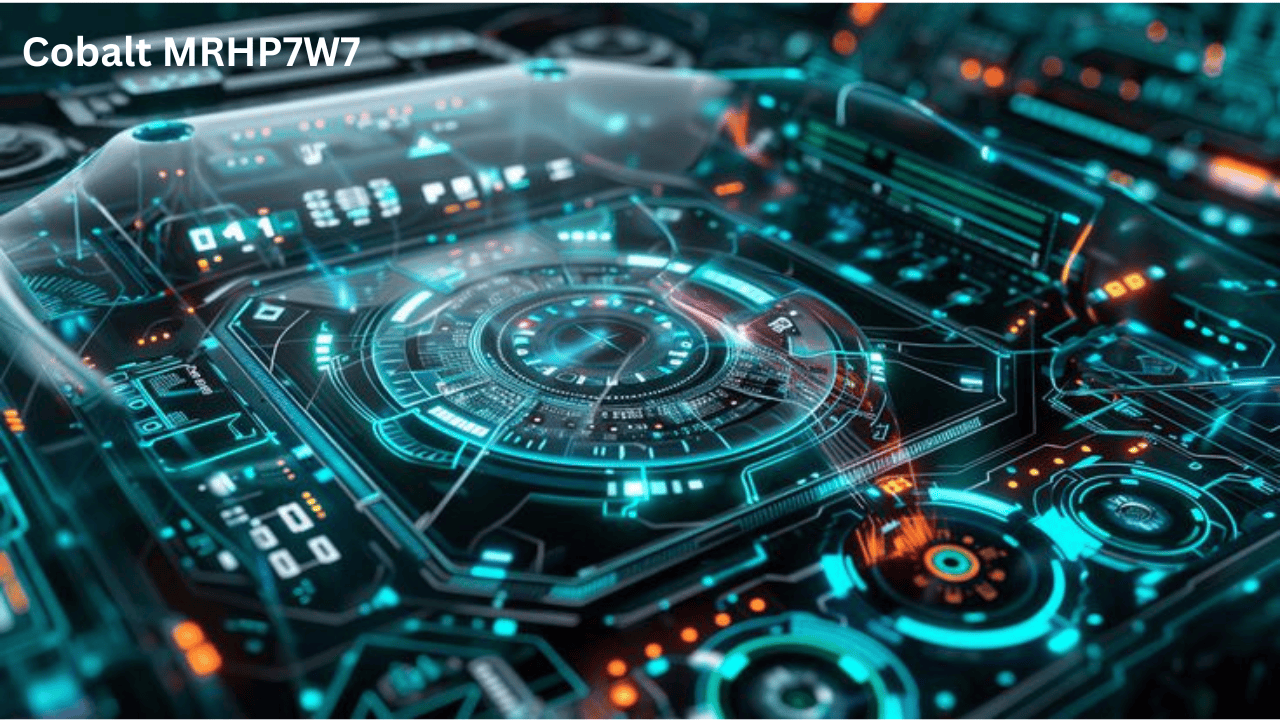Cobalt mrhp7w7is a transition metal known for its durability, strength, and versatility. With an atomic number of 27, it plays a crucial role in various industries, including aerospace, electronics, and healthcare. It is also an essential component in high-performance alloys and batteries, making it a valuable resource for modern technology.
Historical Significance of Cobalt
Cobalt has been used since ancient times, primarily in the production of blue pigments for ceramics and glass. Over time, its applications expanded into metallurgy and energy storage due to its exceptional chemical and physical properties.
Physical and Chemical Properties of Cobalt
Cobalt possesses unique properties that make it an essential industrial metal.
Physical Properties:
- Appearance: Lustrous, silver-gray metal
- Density: 8.9 g/cm³
- Melting Point: 1,495°C
- Boiling Point: 2,927°C
- Magnetism: Ferromagnetic up to 1,121°C
Chemical Properties:
- Atomic Number: 27
- Atomic Weight: 58.933 g/mol
- Oxidation States: +2, +3 (common in compounds)
- Electron Configuration: [Ar] 3d⁷ 4s²
Natural Occurrence and Extraction
Cobalt does not occur in its pure form in nature but is found in various minerals, often alongside nickel and copper. The most common cobalt-bearing minerals include cobaltite, erythrite, and skutterudite.
Major Sources of Cobalt:
- Democratic Republic of Congo: Largest producer globally
- Russia, Australia, and Canada: Significant cobalt-producing countries
Extraction Process:
- Mining: Extracted as a byproduct from nickel and copper mining
- Refining: Smelting and chemical processes separate cobalt from other metals
- Purification: Further refinement to produce cobalt metal or its compounds
Industrial Applications of Cobalt
Cobalt’s high melting point, wear resistance, and magnetic properties make it valuable across multiple industries.
1. Aerospace and Superalloys
Cobalt-based superalloys are used in aircraft engines and gas turbines due to their ability to withstand high temperatures and mechanical stress.
2. Battery Technology
Cobalt is a key component in lithium-ion batteries, enhancing their stability and performance. These batteries power electric vehicles (EVs), smartphones, and laptops.
3. Chemical Catalysts
Cobalt compounds act as catalysts in the production of synthetic fuels and plastics, improving industrial efficiency.
4. Pigments and Coloring Agents
Cobalt salts are used to produce brilliant blue colors in ceramics, glass, and paints.
5. Medical Applications
Radioactive Cobalt-60 is used in cancer treatment and sterilization of medical equipment.
Cobalt MRHP7W7: An Overview
Cobalt MRHP7W7 refers to a specialized cobalt-based alloy designed for high-performance applications. This formulation enhances strength, durability, and resistance to extreme conditions.
Features and Composition of Cobalt MRHP7W7
- High thermal stability
- Superior corrosion and oxidation resistance
- Increased hardness and wear resistance
Applications of Cobalt MRHP7W7
- Aerospace components requiring extreme heat resistance
- Medical implants due to biocompatibility
- High-strength industrial tools for precision machinine
Health and Environmental Impact of Cobalt
While cobalt is essential for many applications, it also presents health and environmental concerns.
Health Effects
- Beneficial Role: Essential in vitamin B12 for red blood cell production
- Toxicity: Prolonged exposure to high levels can cause respiratory and skin issues
- Radioactive Risks: Cobalt-60 requires careful handling due to radiation exposure
Environmental Concerns
- Mining Impact: Soil and water pollution from cobalt extraction
- Sustainability Challenges: Recycling efforts are increasing to reduce dependency on mining
- Aerospace and Superalloys: Cobalt’s ability to maintain strength at high temperatures makes it essential in the production of superalloys used in jet turbines and gas turbine generators. These superalloys retain their properties near their melting points, where other materials would become too soft.
Frequently Asked Questions (FAQs)
Q1: What is Cobalt MRHP7W7 used for?
Cobalt MRHP7W7 is used in high-performance aerospace components, medical implants, and industrial tools due to its enhanced strength and resistance properties.
Q2: How is cobalt extracted?
Cobalt is primarily extracted as a byproduct of nickel and copper mining, followed by refining and purification processes.
Q3: Is cobalt safe for human health?
Cobalt is essential in trace amounts (as vitamin B12), but excessive exposure can lead to health risks such as lung and skin disorders.
Q4: Why is cobalt important in battery technology?
Cobalt improves the stability and longevity of lithium-ion batteries, making it crucial for electric vehicles and portable electronics.
Q5: How can we make cobalt mining more sustainable?
Increasing recycling efforts, improving ethical sourcing, and reducing dependency on cobalt in battery technology are key sustainability measures.
Conclusion
Cobalt, particularly in specialized forms like Cobalt MRHP7W7, plays a vital role in advancing technology across multiple industries. While its benefits are immense, ensuring responsible mining and usage practices is essential for sustainability and environmental protection. Ongoing research and innovations in cobalt recycling and alternative materials will shape its future applications.










